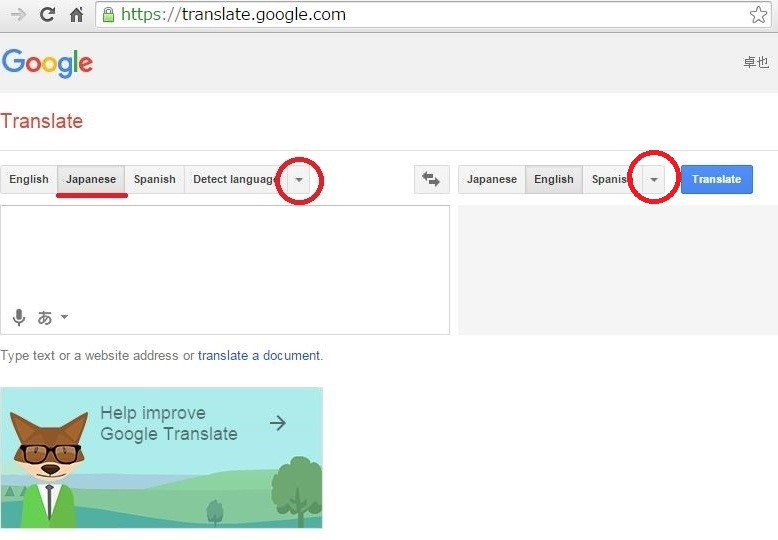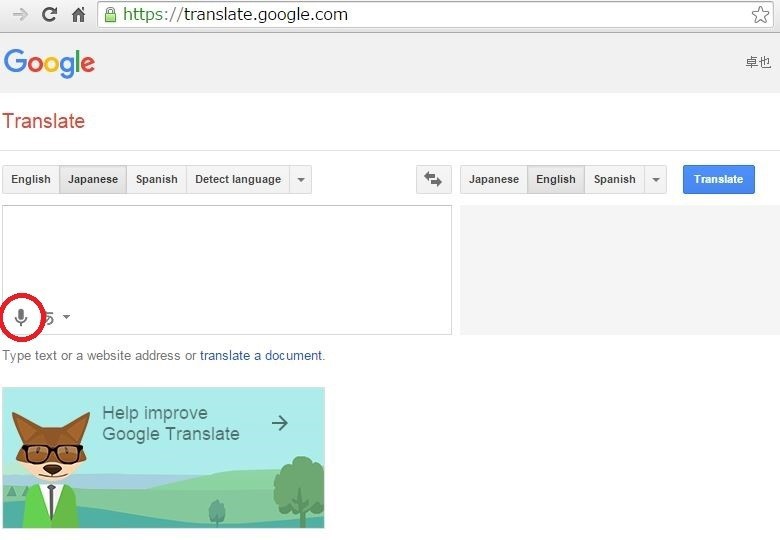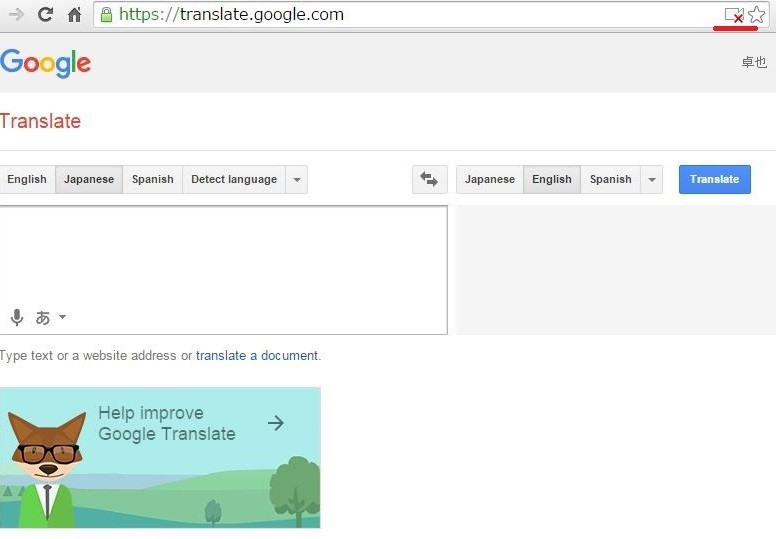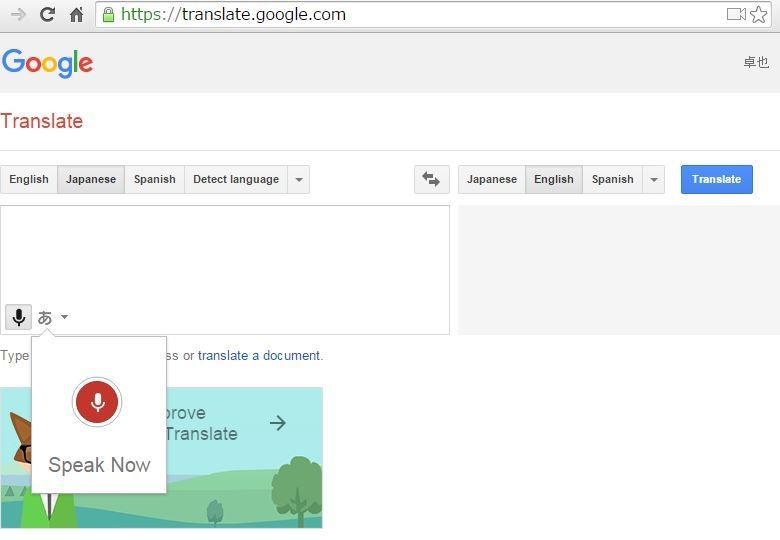As the saying goes, “Practice makes perfect.” In order to improve your Japanese pronunciation, you have to practice for a certain amount of time. However, practice by yourself, especially for sounds, can only take you so far, because people are hardly able to recognize their own voice. What makes “perfect” is feedback. By knowing what you can and cannot do, your Japanese pronunciation will get better by improving those weak points and maintaining the skills you already have.
Feedback Makes Your Japanese Pronunciation Perfect
First, let’s think about what pronunciation feedback is. That’s very simple. It is clarifying whether or not you can correctly pronounce words or phrases by moving your tongue and mouth. That way, you can take proper countermeasures and your Japanese pronunciation will improve significantly.
The Best Way to Get Feedback
That’s simply practicing with native speakers. You can interactively ask and answer questions and learn proper pronunciation by trial and error. Native speakers may show you good examples. We think this is the best way. If you have a Japanese language partner, please just give it a try. If not, it is also a good idea to take the Wasabi online Japanese lessons. You can learn Japanese with our well-thought-out curriculum.
Wasabi – Curriculum for Online Japanese Lessons

The Better Alternative Way to Get Feedback
If you don’t have a language partner or a budget to take the Japanese online lessons, we recommend considering this alternative way. That’s utilizing advanced voice recognition technology for getting feedback. Even though this is a self-learning tool, you can know whether or not you can correctly pronounce the words or phrases. These days, the recognition capability of these systems has been improving rapidly. For instance, Siri, which is a personal digital assistant invented by Apple, has a five percent word error rate. If you have an iPhone or iPad, we recommend that you use Siri. In this article, we are going to use another alternative, Google Translate, as an example, considering its accessibility. For your reference, Google has an eight percent word error rate. Let’s see how it works.
Step 1 Change Language Settings
You will need to change the language settings to translate from Japanese to your own language. You can select the language by clicking on the button marked by the red circle.
*Please note: the screen may depend on which browser you are using. This time, we are using Google Chrome in Windows7. And of course, you can do the same thing on your smartphone with the Google Translate app.
Step 2 Turn on Speech Input
You can turn on the speech input function by clicking the microphone icon on the left.
[adsense]
Step 3 Allow Pop-ups *If necessary
If you don’t allow pop-ups, an icon will appear in the top right corner. By clicking it, you can configure the settings and allow the pop-up. After that, please try to turn on the speech input function again.
Step 4 Let’s Practice
If the sentence “Speak Now” appears, it worked and please try to pronounce the words or phrases you would like to practice. Then, Google will show you what it recognized. If the same words or phrases are shown, it means you pronounced them correctly. Since Google will never get tired or bored, you can practice your Japanese pronunciation as much as you want.
This is a demonstration video with Google Translate.
Conclusion
If Google recognizes what you said correctly, we think you should be confident in your Japanese pronunciation. This is because the technology is yet to be perfected, so Google may not recognize what you say unless you pronounce everything clearly. However, please remember this is the better alternative. Needless to say, languages are used between people and so the best way is practicing with native speakers. This is the final stage of the Japanese pronunciation section. Please enjoy learning and acquiring beautiful pronunciation.
Recommended Links
- Materials for Wasabi Japanese Pronunciation Lessons
- Fairy Tales and Short Stories with Easy Japanese
- Japanese Grammar with Instantaneous Composition Method
- Complete Roadmap: How to Speak Japanese
- Wasabi Learning Community on Facebook

Japanese Lessons: Learn Japanese with Manga 2-4-1

Japanese Lessons: Learn Japanese with Manga 2-5-1







